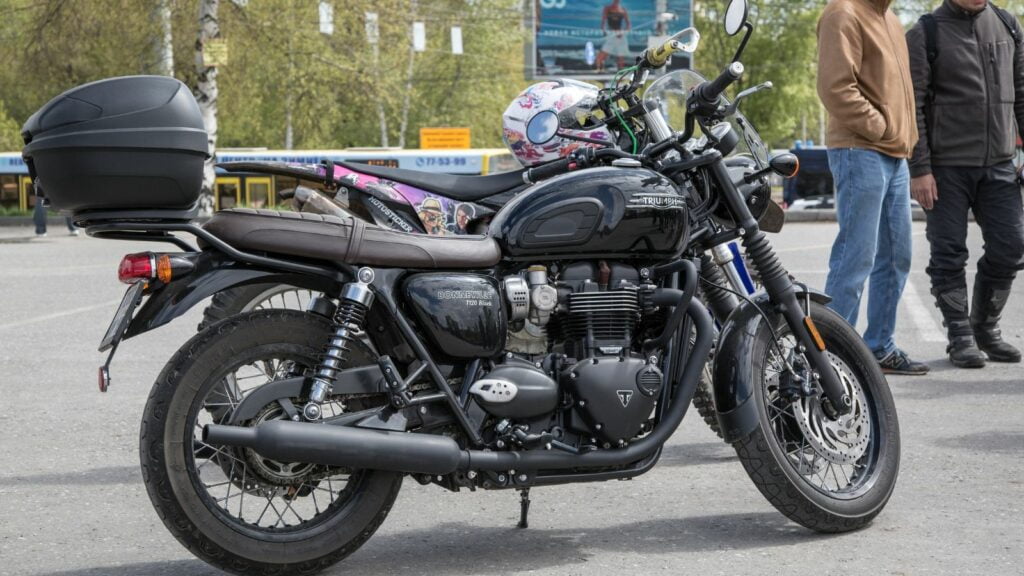Vintage motorcycles evoke nostalgia for simpler times and impeccable craftsmanship. These iconic bikes are a testament to their era’s design and engineering prowess. Here, we are highlighting 24 vintage motorcycles that still rule the road:
Triumph Bonneville T120 (1959)
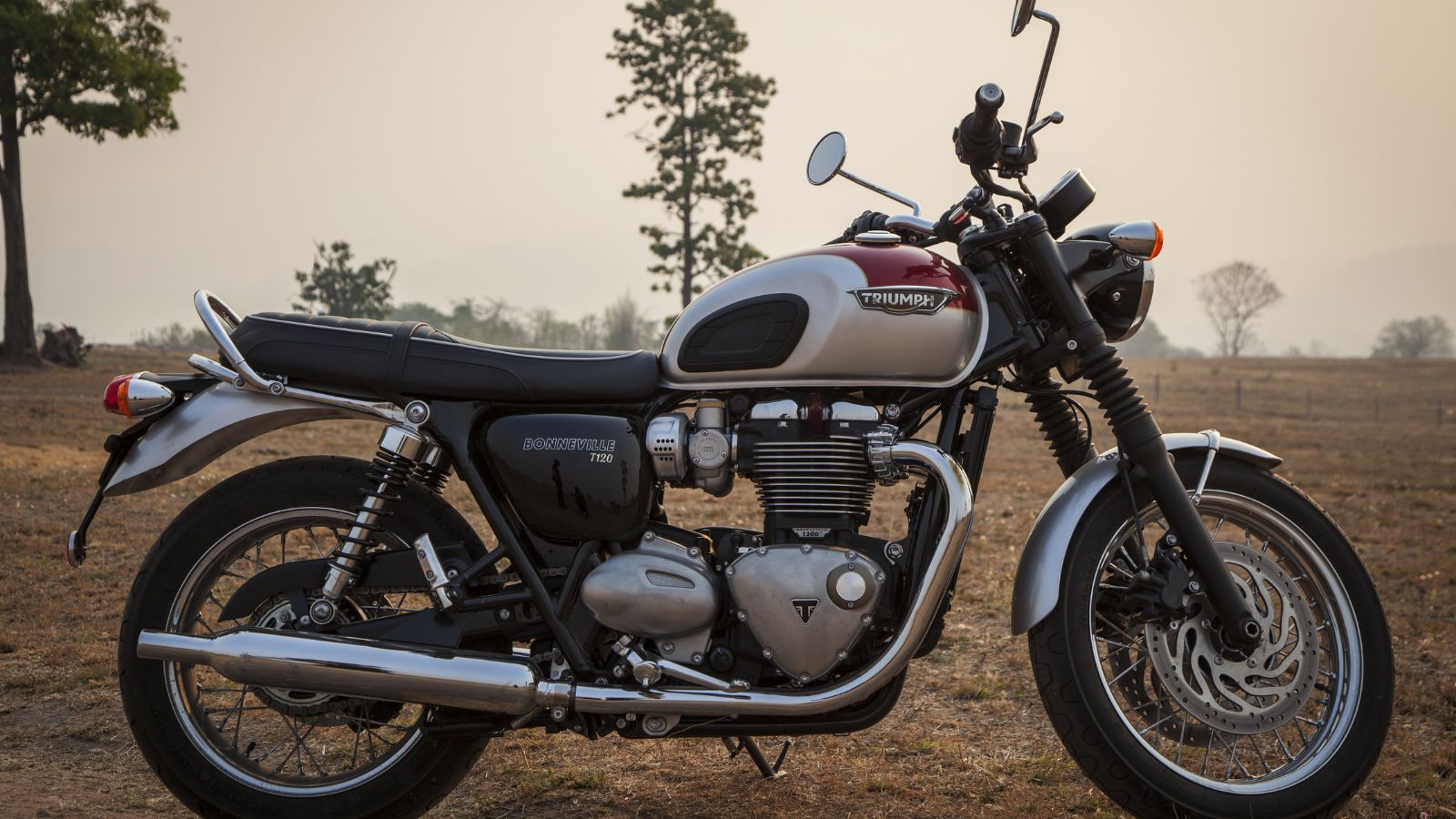
Designed by Edward Turner, the Triumph Bonneville T120 is an iconic motorcycle. It has a 649cc parallel-twin engine and a top speed of around 115 mph. It had chrome lines on the body, a teardrop tank, and other retro lines that captured people’s hearts worldwide. The motorcycle accelerates from 0 to 60 mph in 7.5 seconds, making it among the fastest motorcycles in history.
Vincent Black Shadow (1948)
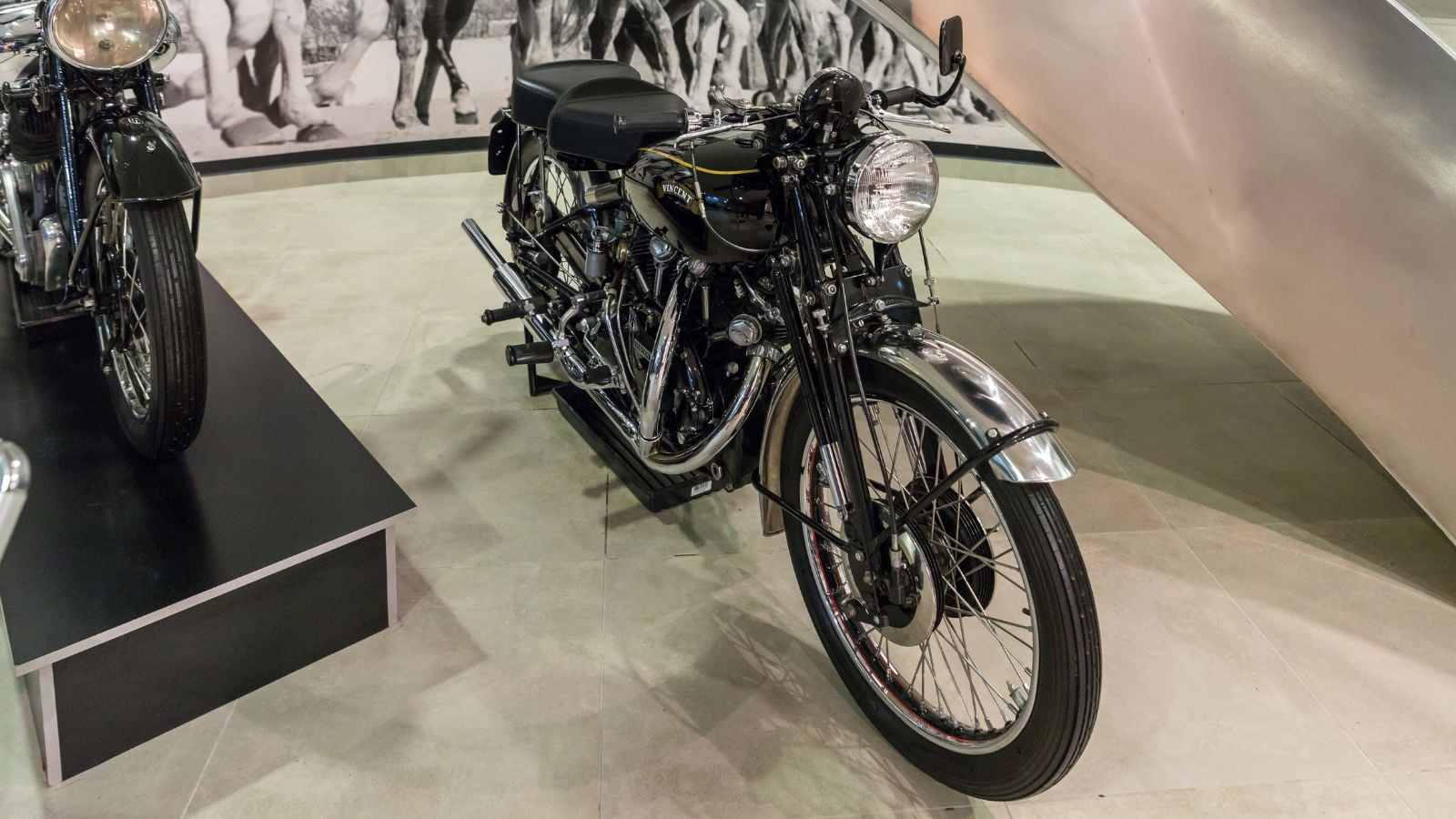
Philip Vincent and Phil Irving designed this Vincent Black Shadow, a revolutionary bike of its era. It had 998cc V-twin engines and was one of the first motorcycles to cross the 125 mph limit. Its matte black color and large headlamp gave it a menacing look. This Black Shadow could accelerate to 0 to 60 mph within 6.5 seconds.
Harley-Davidson Knucklehead (1936)
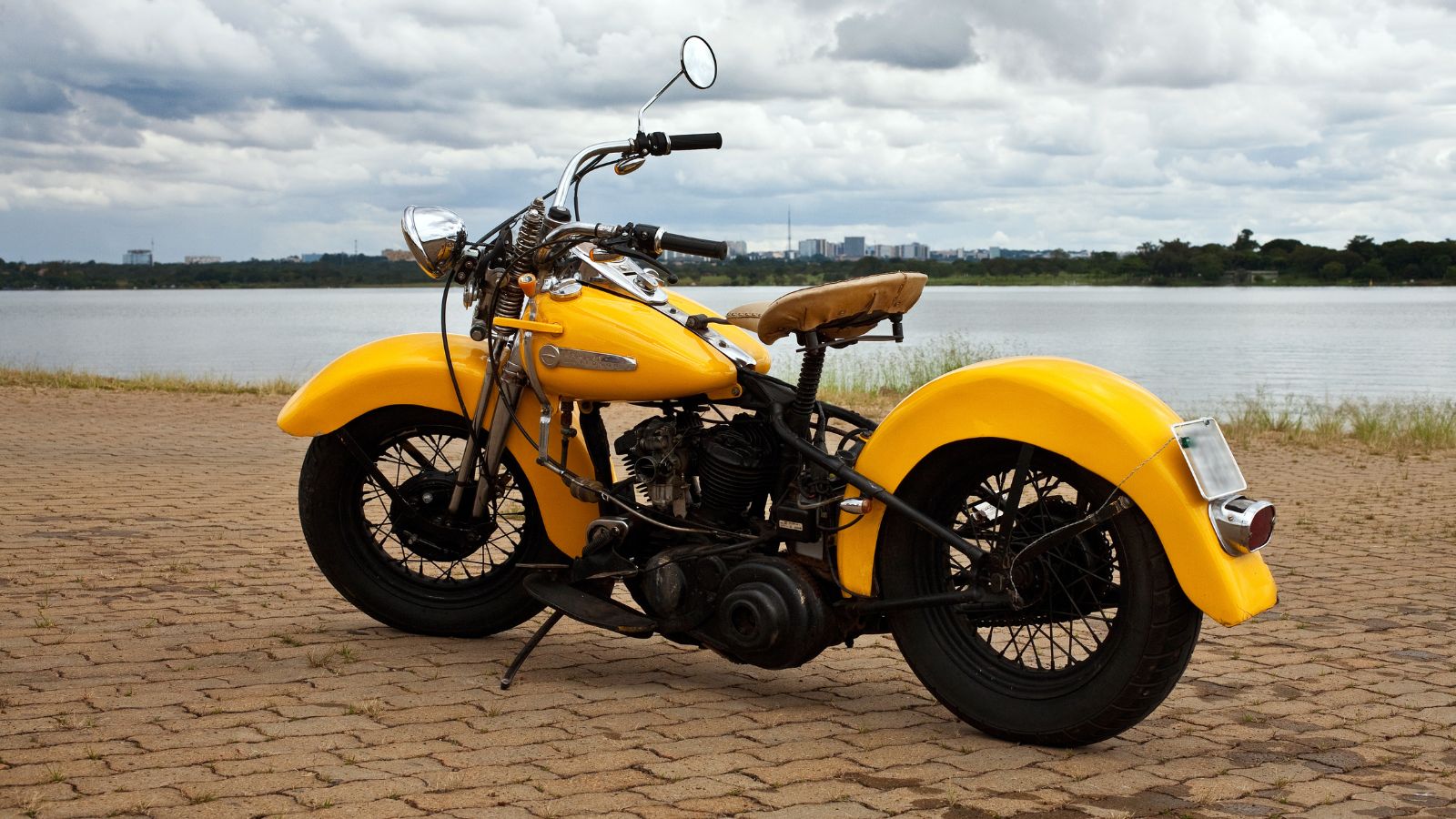
William S. Harley and Arthur Davidson created the Knucklehead, which has a 61 cubic inch (1000cc) V-twin engine. Its classic design, with rounded fuel tanks and ornate chrome work, still enthralls riders. The Knucklehead accelerates from 0 to 60 mph in about 7 seconds and sets the bar for cruisers.
Indian Chief (1947)
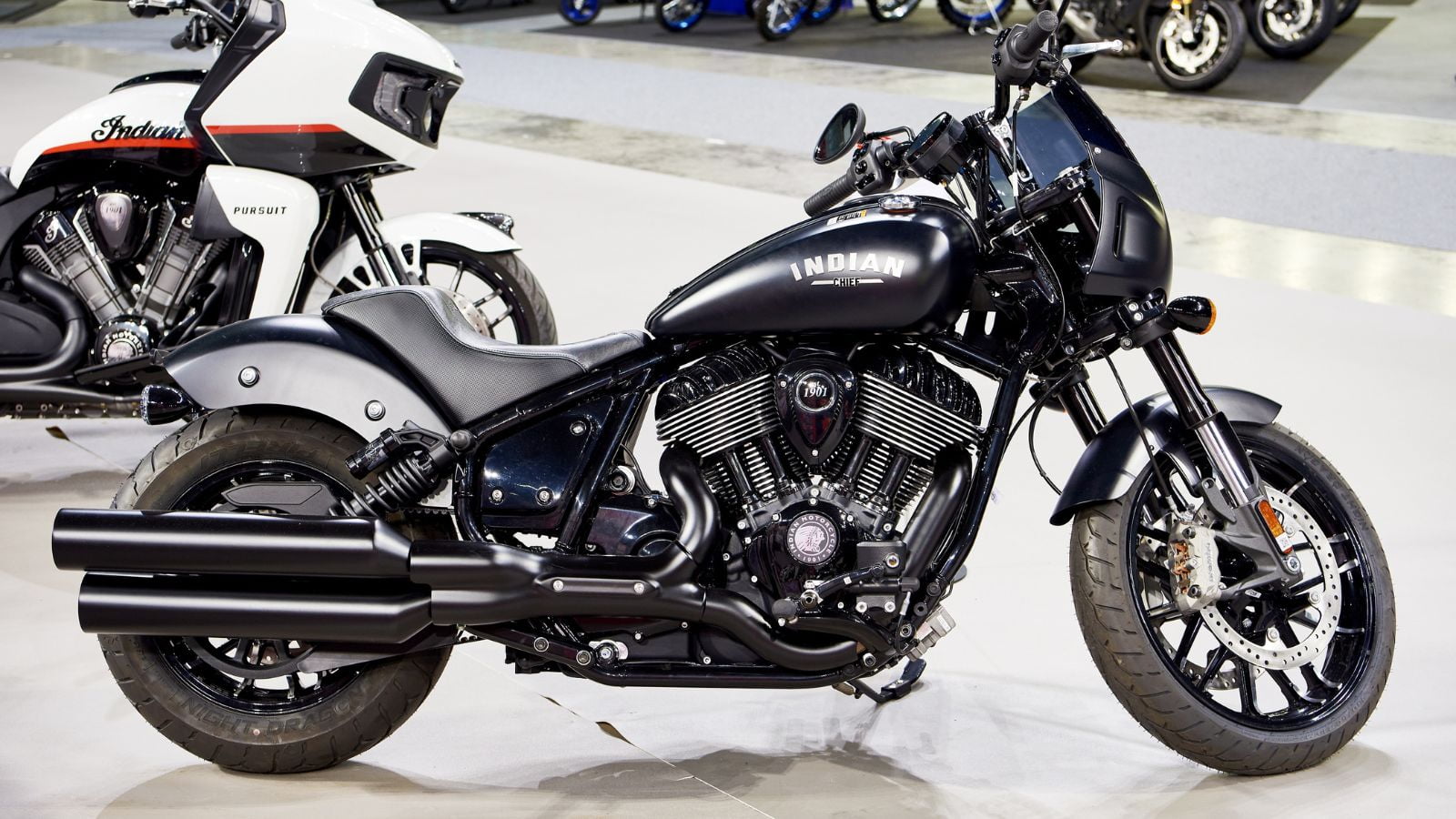
The Indian Chief was designed by Charles B. Franklin, who introduced a strong 1200cc side-valve V-twin engine. Post-war American motorcycles could be easily defined by their skirted fenders, rich color palette, and flowing lines. The Chief produced power and grace together and took about 8.5 seconds to go from 0 to 60 mph.
Brough Superior SS100 (1924)
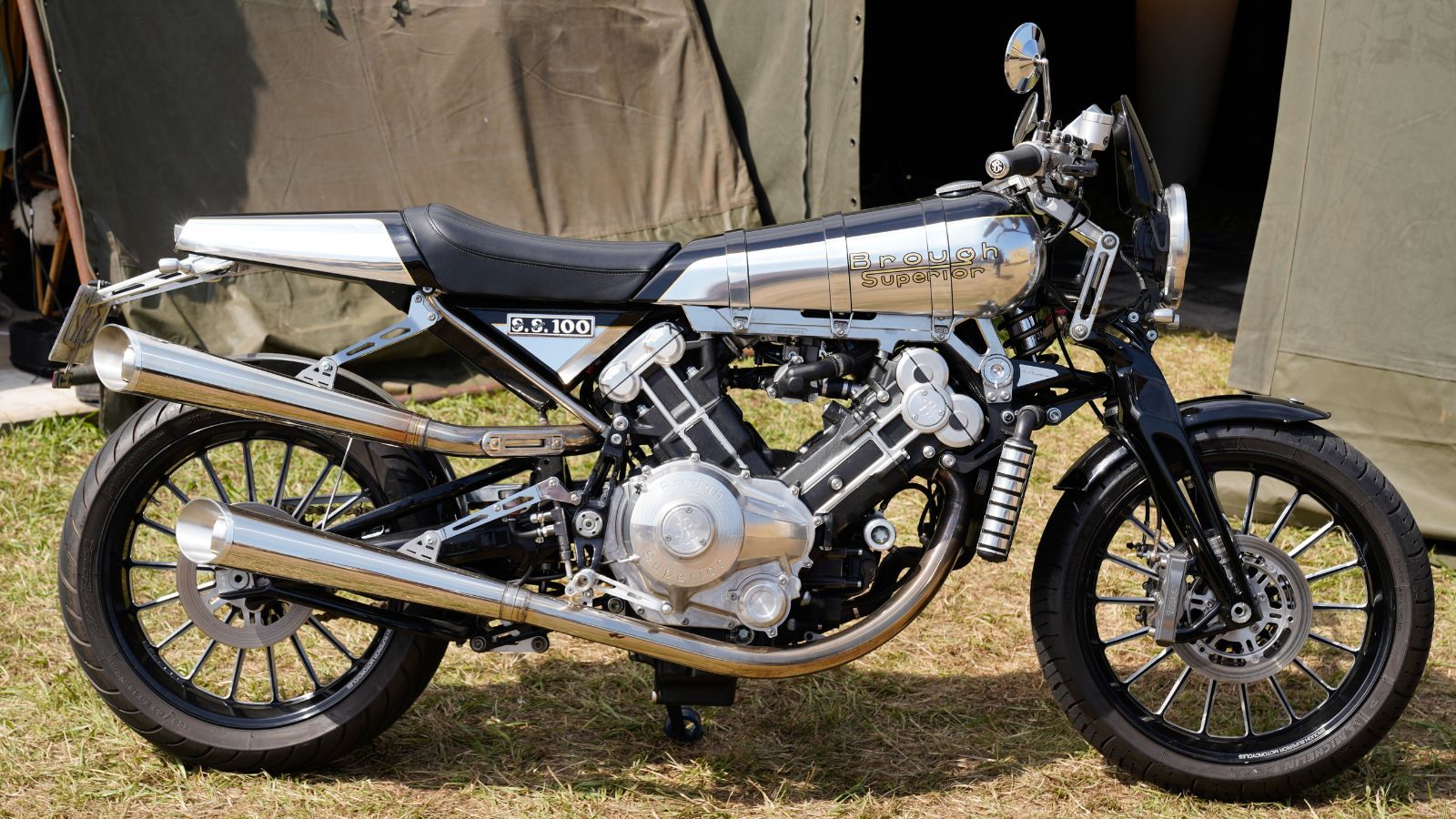
Dubbed the “Rolls-Royce of Motorcycles,” the SS100 was George Brough’s brainchild. It featured a 998cc V-twin engine capable of hitting 100 mph—a remarkable feat in its day. The hand-crafted design is still revered with its polished fuel tank and elegant curves. Its 0 to 60 mph time of 7 seconds showcased exceptional performance.
Ducati 750 Super Sport (1973)
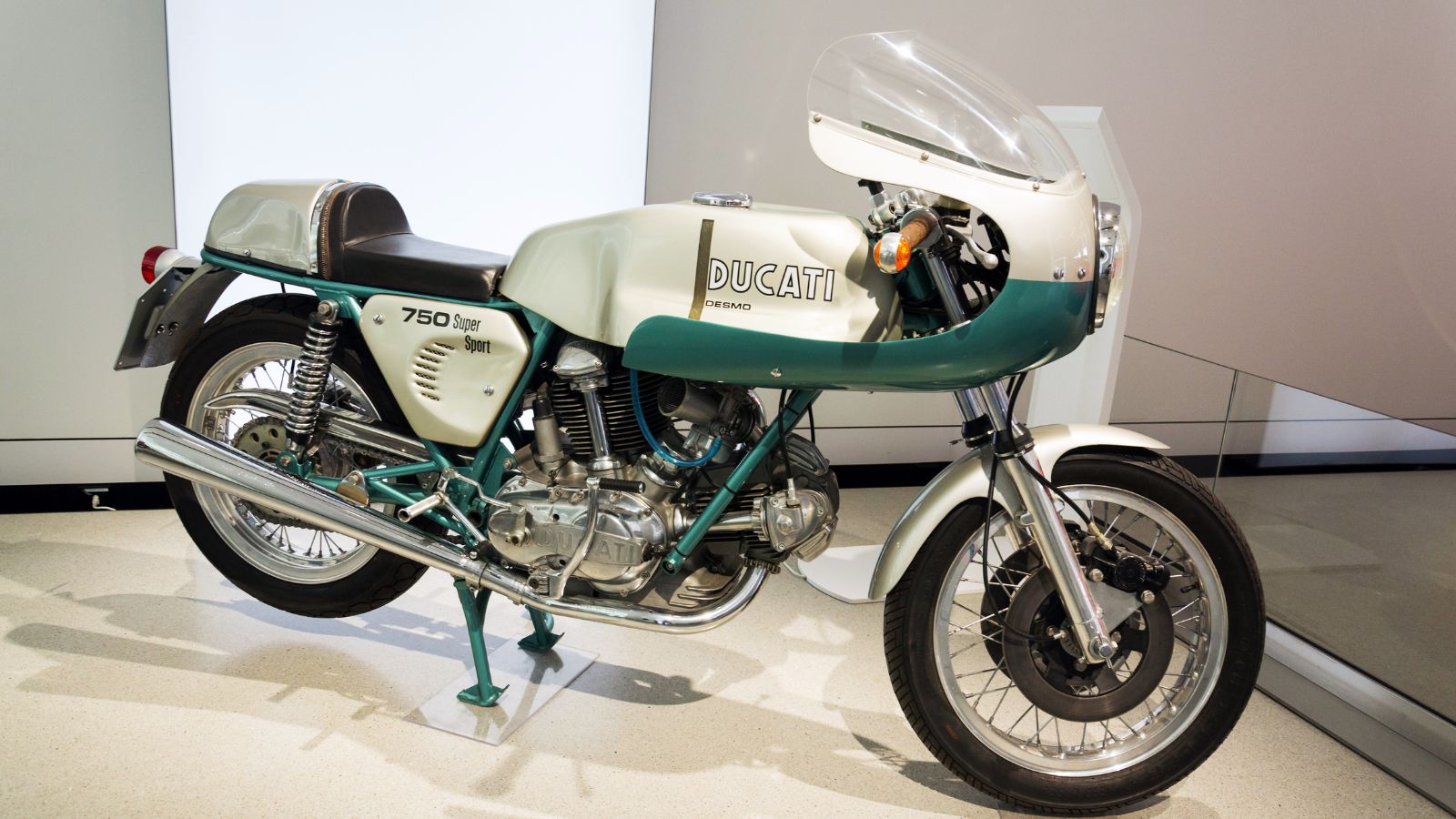
Fabio Taglioni designed the Ducati 750 Super Sport, which had desmodromic valve technology and a 748cc L-twin engine. Green highlights accentuated its silver body, and it was one of the best representations of the Ducati style. This lightweight racer could go from 0 to 60 mph in around 5.1 seconds and was a perfect icon of performance and Italian design.
BMW R32 (1923)
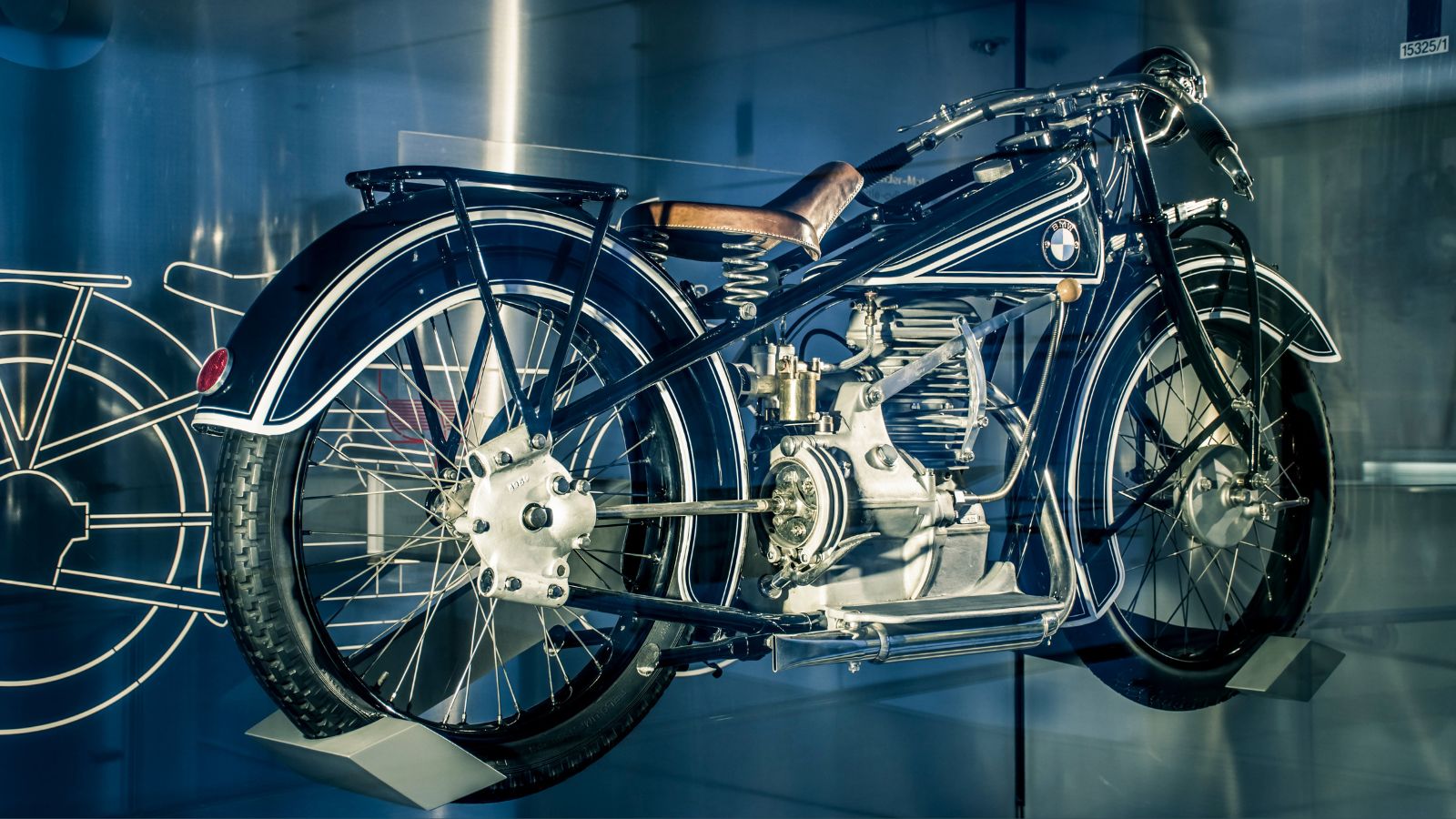
The BMW R32, by Max Friz, was BMW’s first motorcycle and introduced its revolutionary boxer-twin engine. The 486cc engine came with a shaft drive, which is still used today. The R32’s exposed mechanicals and elegant black paint with white pinstriping defined classic sophistication. It wasn’t built for speed but could hit 60 mph in about 12 seconds.
Kawasaki Z1 (1972)
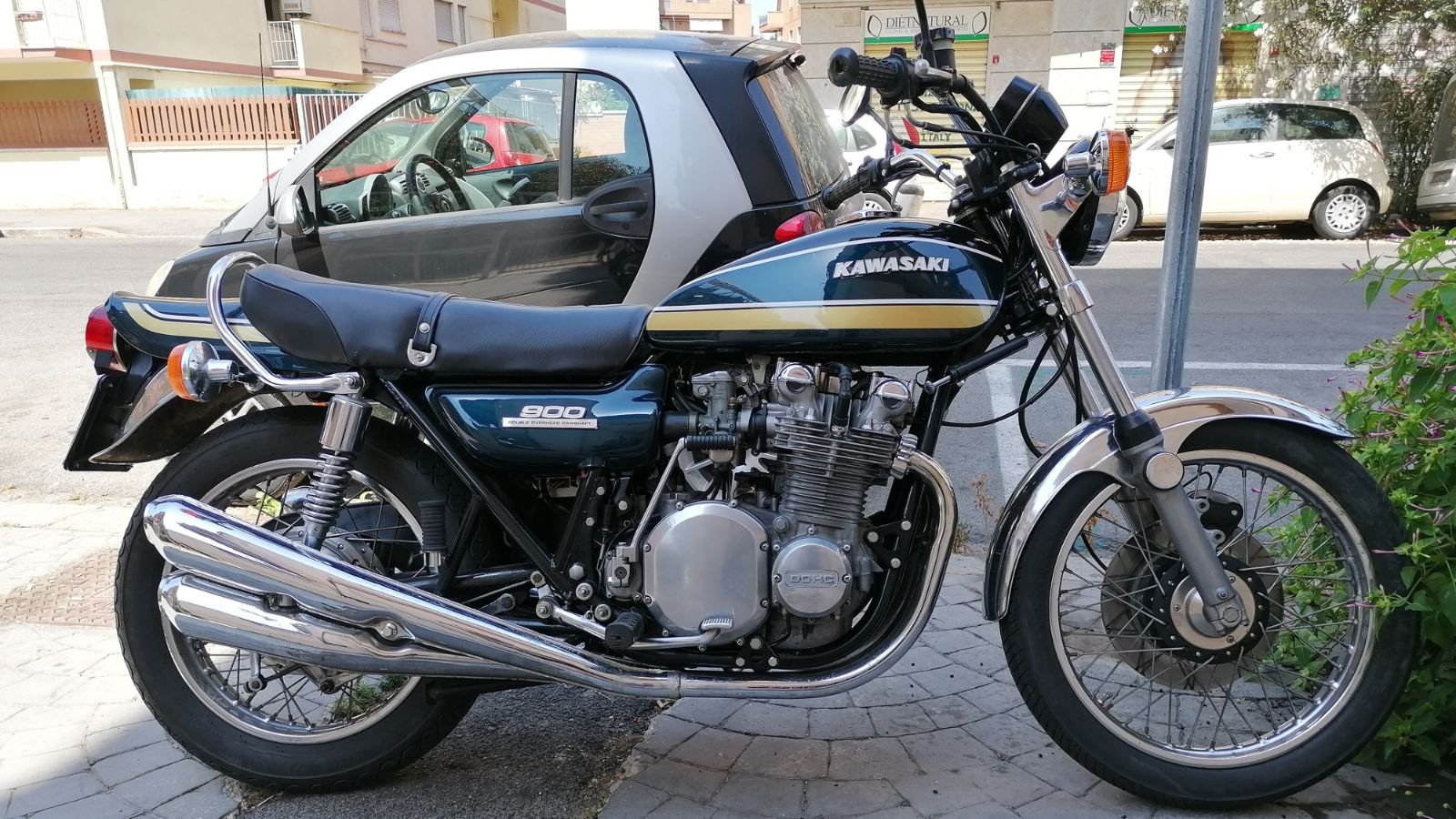
The Kawasaki Z1, introduced in 1972 and developed by Gyoichi “Ben” Inamura, featured a 903cc inline-four engine, making it the most powerful production bike of its time. Known for its candy-tone paint, aggressive styling, and muscular profile, the Z1 achieved 0 to 60 mph in 5.3 seconds. Often called the “King of Motorcycles,” it remains a favorite among enthusiasts for its raw power and iconic design.
Henderson Streamline KJ(1930)
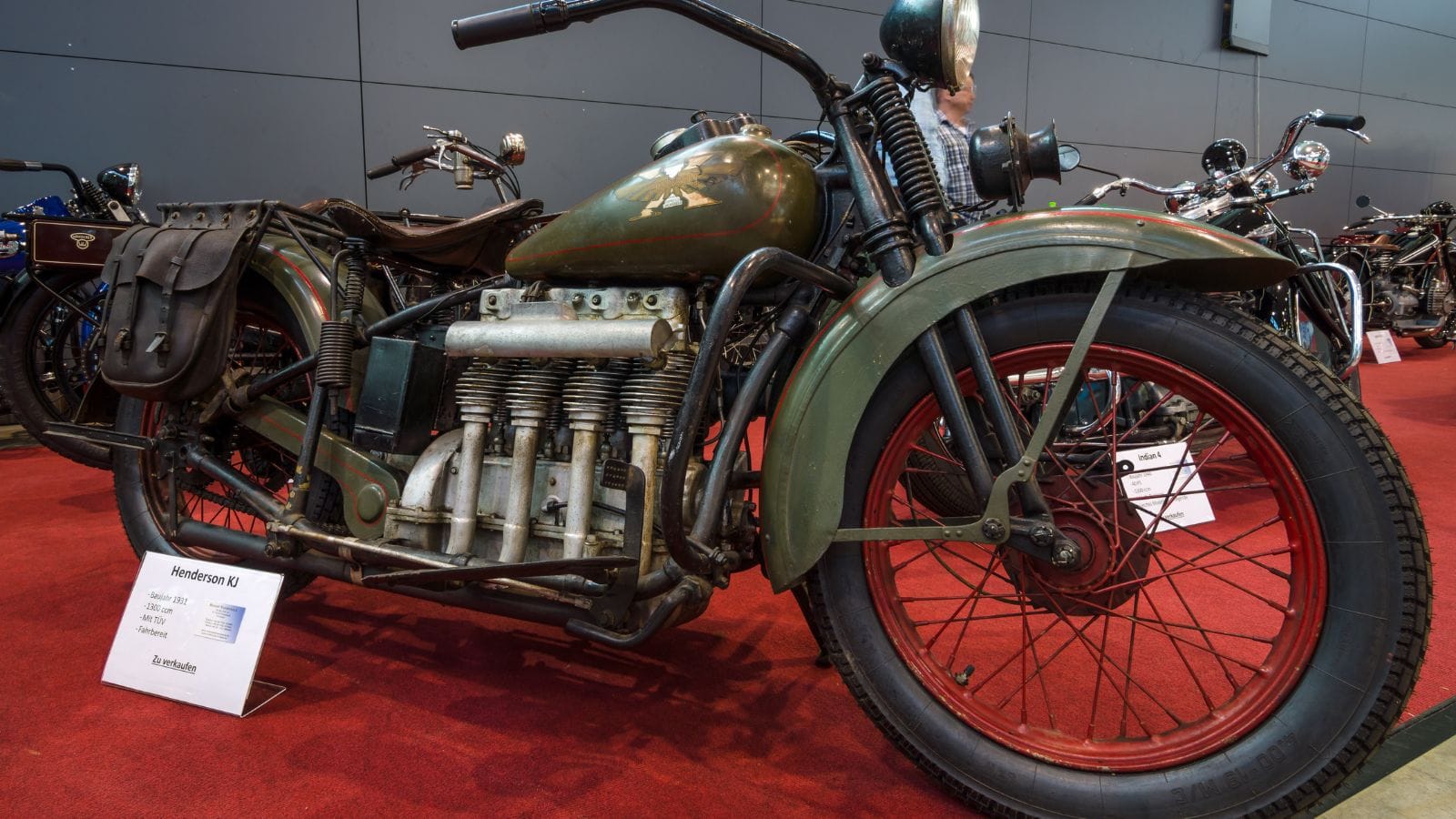
Arthur Constantine designed the Henderson Streamline KJ, which was equipped with a 1,300cc inline-four engine. Its Art Deco styling, with a long flowing frame and chrome highlights, gave it a futuristic look in its time. Known as a gentleman’s motorcycle, it accelerated to 60 mph in about 11 seconds with smooth power delivery and unmatched elegance.
Moto Guzzi V7 Sport (1971)
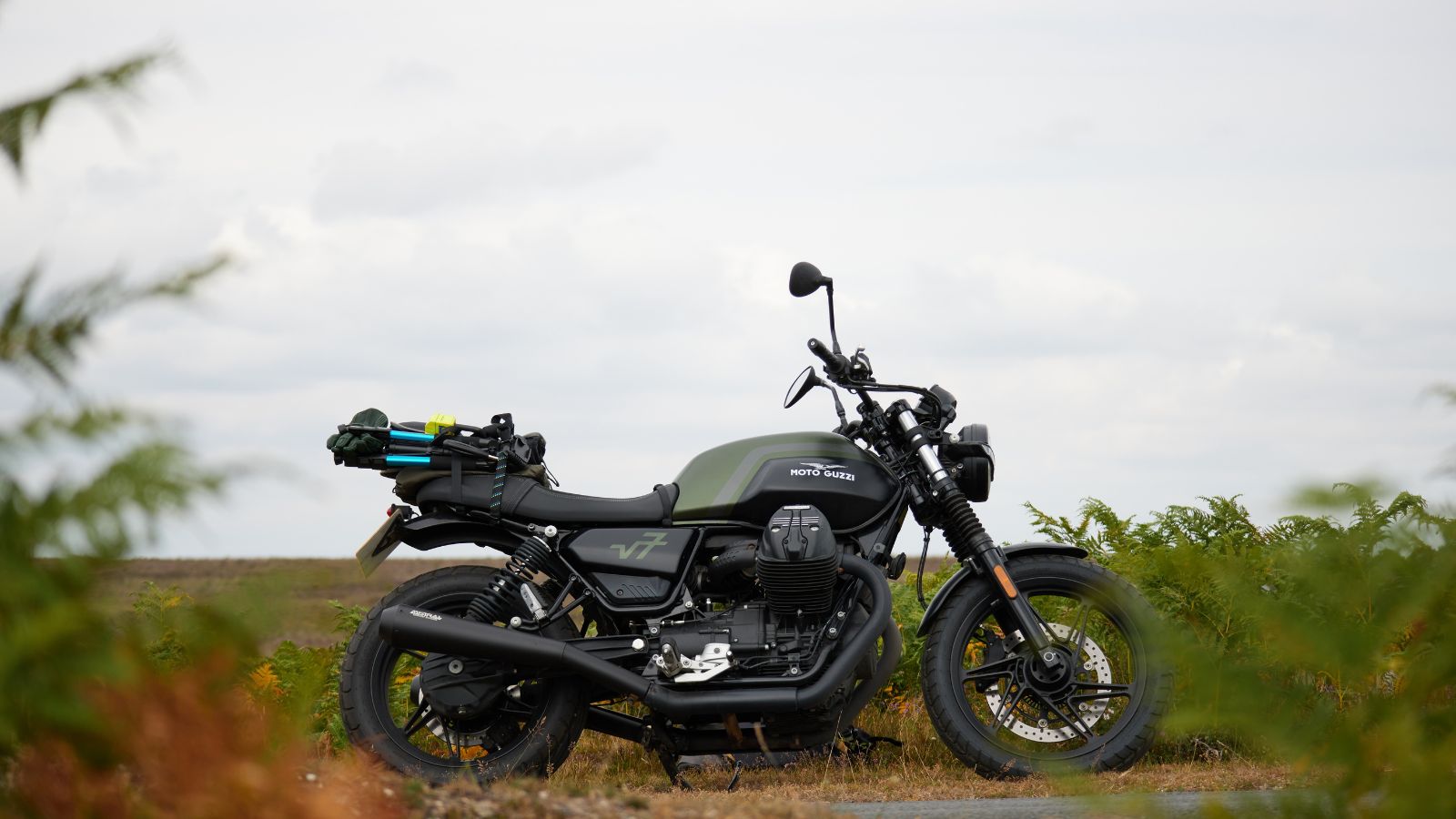
Lino Tonti designed the Moto Guzzi V7 Sport. A 748cc transverse V-twin engine powered the performance bike. Its red frame, low profile, and elongated tank made it very eye-catching. This Italian masterpiece could go from 0 to 60 mph in 6.8 seconds, thus cementing Moto Guzzi’s reputation for engineering excellence.
Velocette Venom (1955)
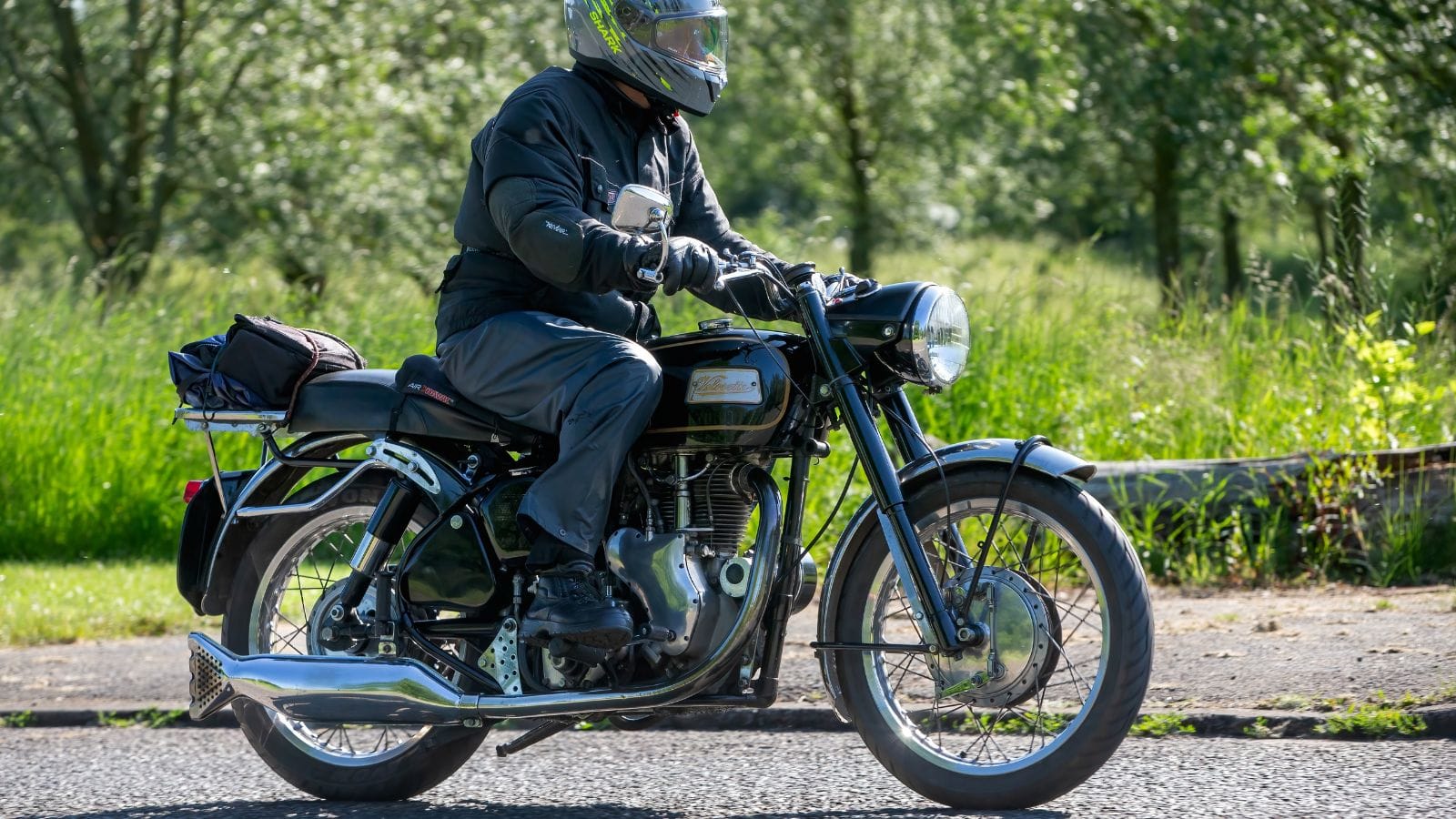
The Velocette Venom, designed by Eugene Goodman and his team, had a 499cc single-cylinder engine. Sleek and minimalist in design, with a polished aluminum tank and black-and-gold detailing, it was a racer’s dream. It is famous for having set a 24-hour endurance speed record in 1961 and could go from 0 to 60 mph in approximately 8 seconds, showing reliability and performance.
Ariel Square Four (1931)
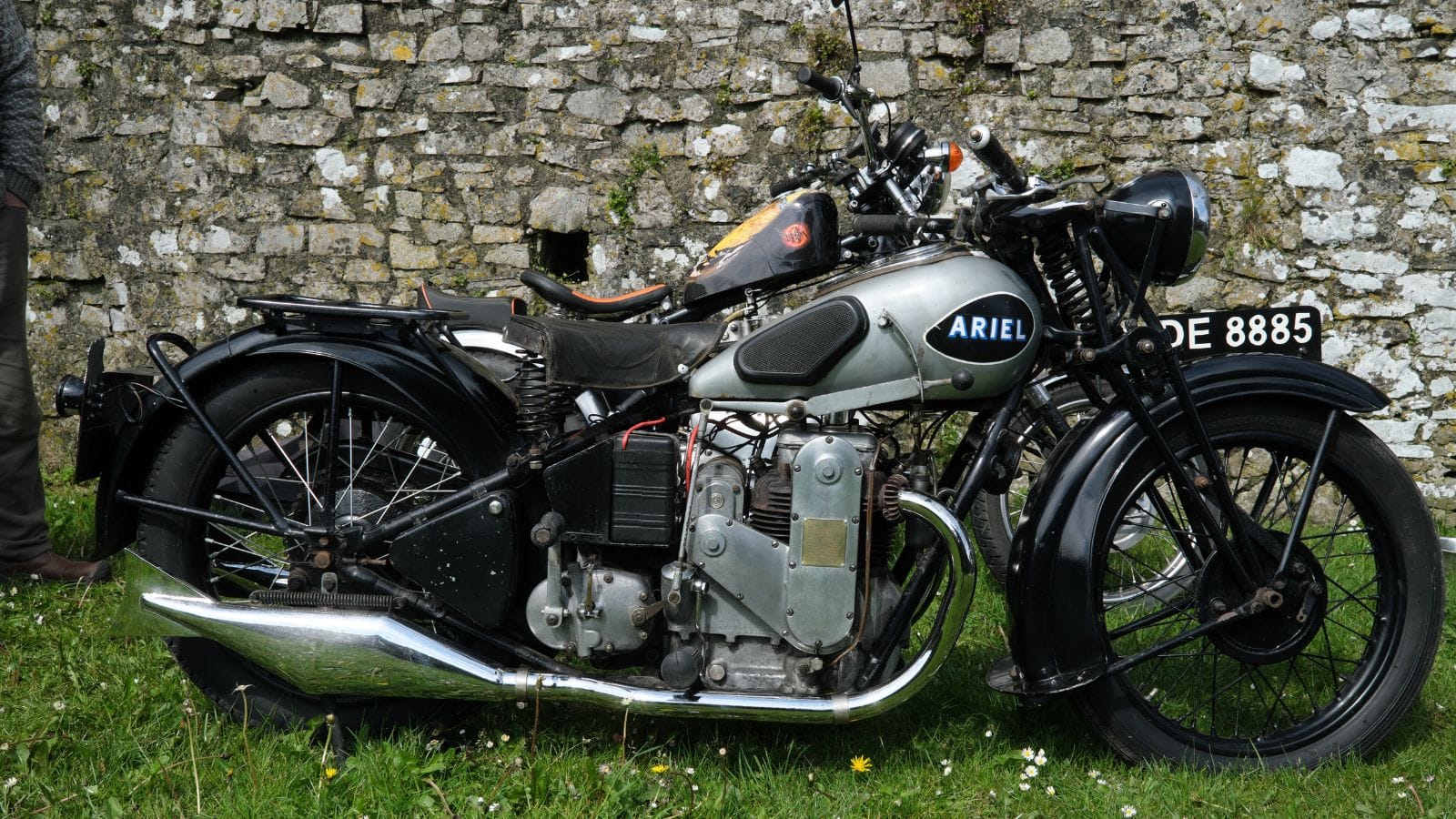
Produced by Edward Turner, the Ariel Square Four featured a 500cc four-cylinder engine that eventually increased to 1,000cc. Characterized by a smooth ride and its odd engine layout, this machine sported clean lines, a large chrome headlamp, and simple yet elegant tank designs. It could go from 0 to 60 mph in just 12 seconds, which meant it was a high-end touring bike in those days.
Sunbeam S7 Deluxe (1949)
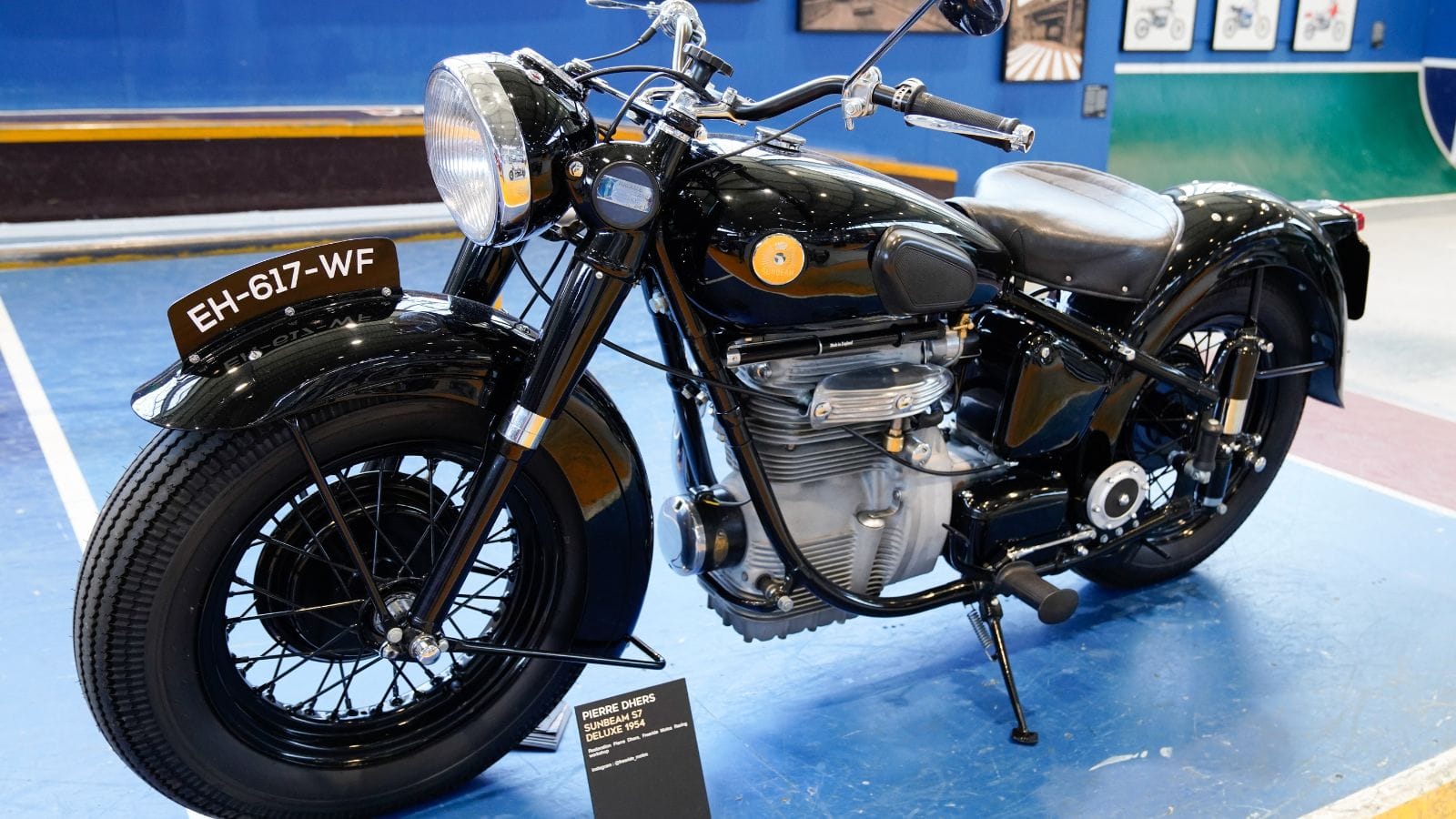
The Sunbeam S7 Deluxe, designed by Erling Poppe, had a 487cc inline-twin engine. Its features included balloon tires, a shaft drive, and a rubber-mounted engine for smooth performance. The bike’s olive green paint and heavily sprung seat gave it a classic, comfortable look. It could reach 60 mph in about 10.5 seconds, making it a refined choice for casual riders.
Yamaha XS650 (1968)
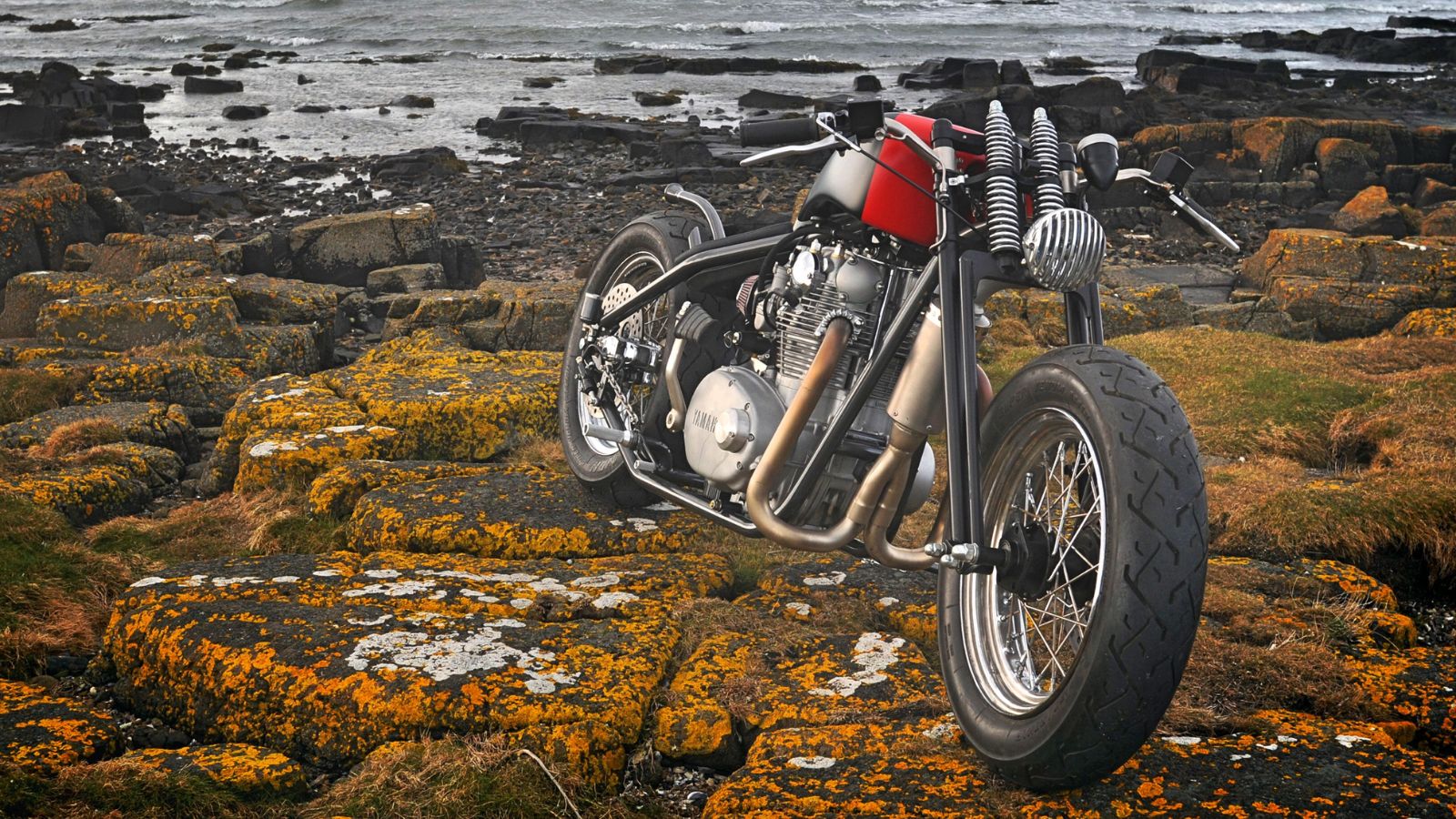
The Yamaha XS650 was designed by Yamaha’s engineering team. It was known for its reliability and performance, with a 654cc parallel-twin engine. Clean lines, chrome accents, and classic Japanese styling gave it an edge in the market. Its vintage appeal was accompanied by great speed, going from 0 to 60 mph in 6.4 seconds.
Royal Enfield Bullet 500 (1932)
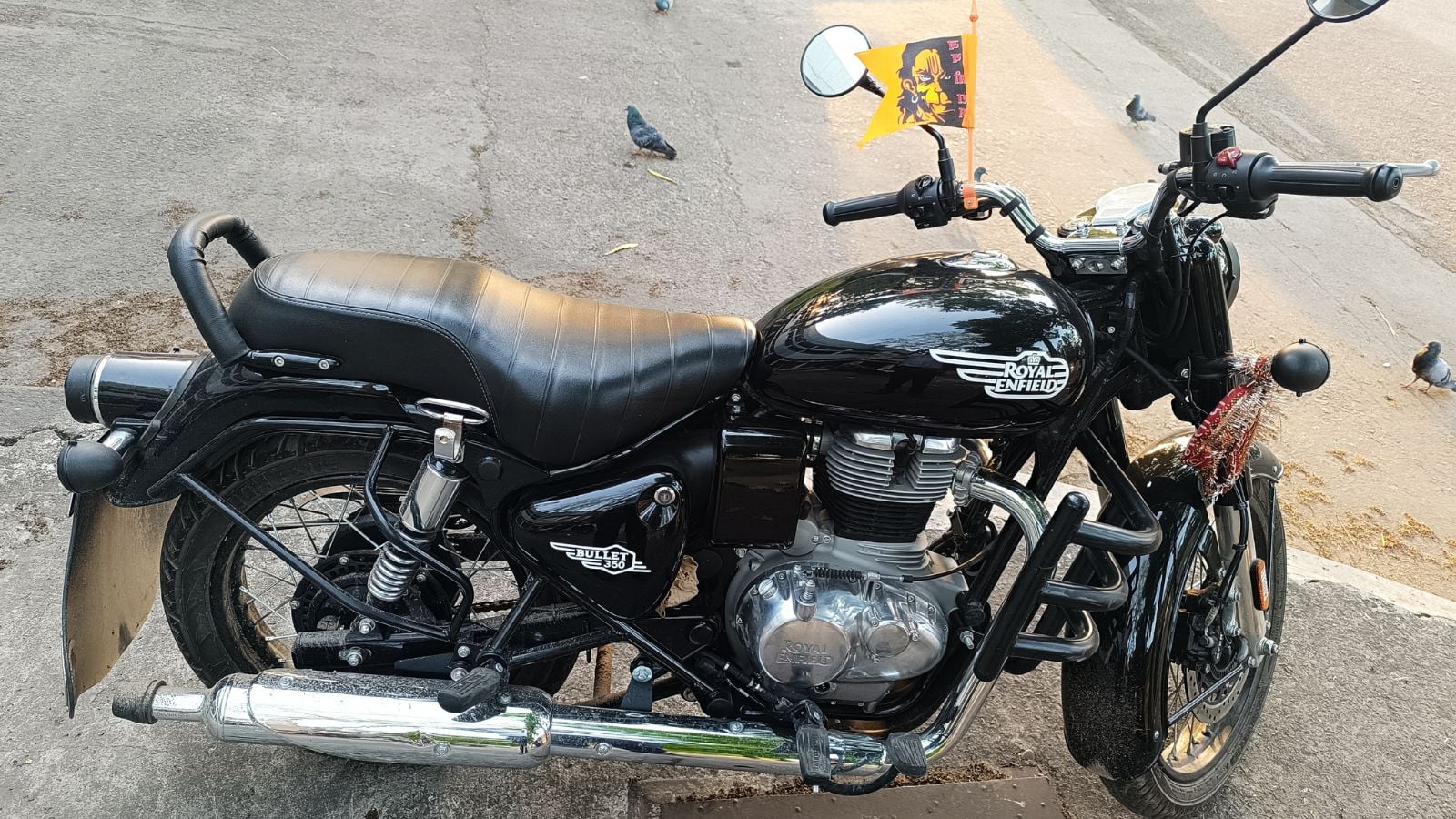
Designed by Ted Pardoe, the Royal Enfield Bullet 500 is one of the longest-running production motorcycles available. It had a 499cc single-cylinder engine. Its rugged reliability, timeless styling, classic chrome details, and teardrop fuel tank put it into a category of its own.
Matchless G80 (1949)
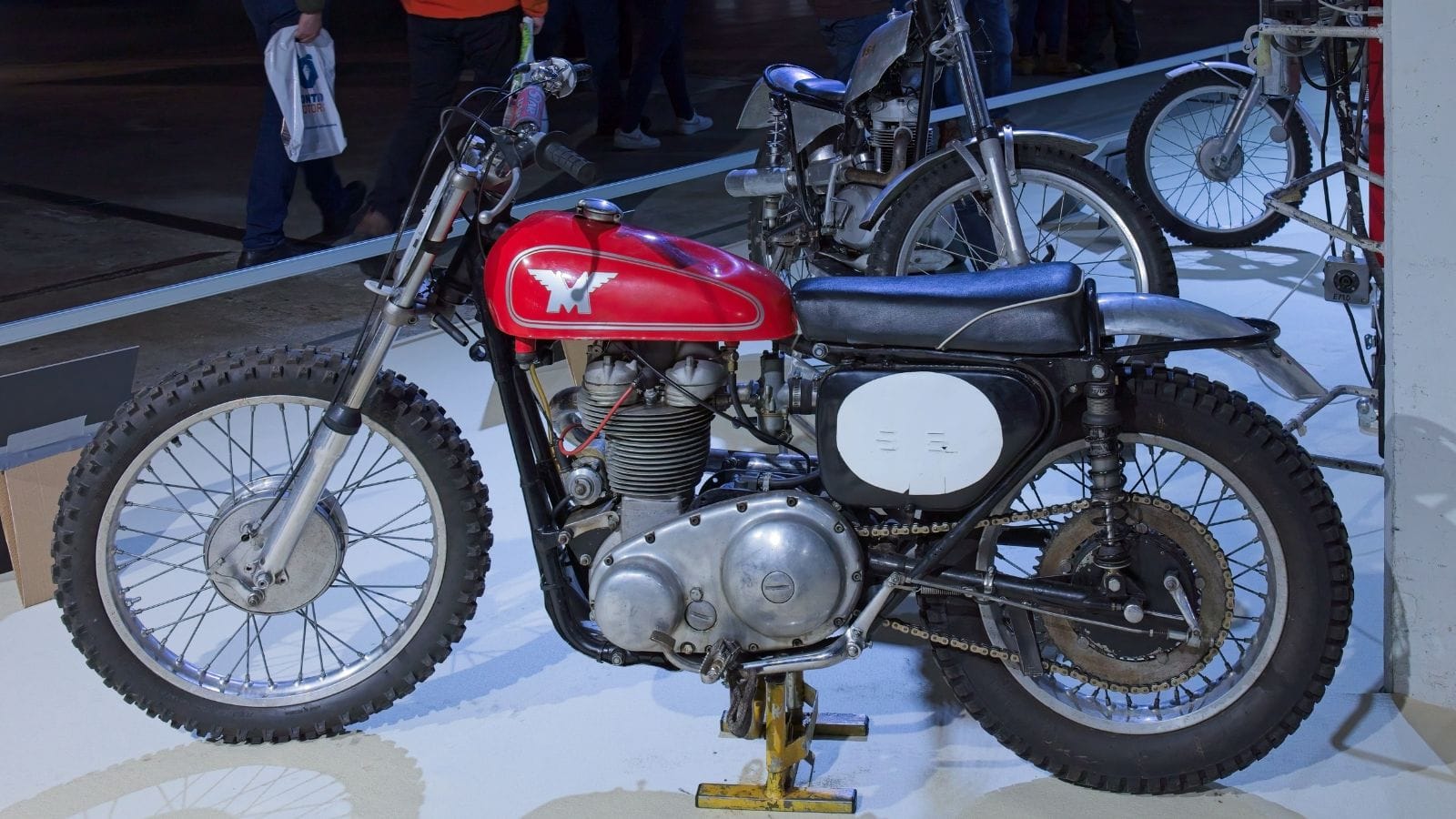
The G80 was an understated British motorcycle with a black frame, chrome details, and a polished fuel tank. Designed by the Matchless team, it featured a 498cc single-cylinder engine known for its robust performance. This classic machine could reach 0 to 60 mph in about 9.8 seconds, making it a favorite of post-war riders.
Excelsior Manxman (1935)
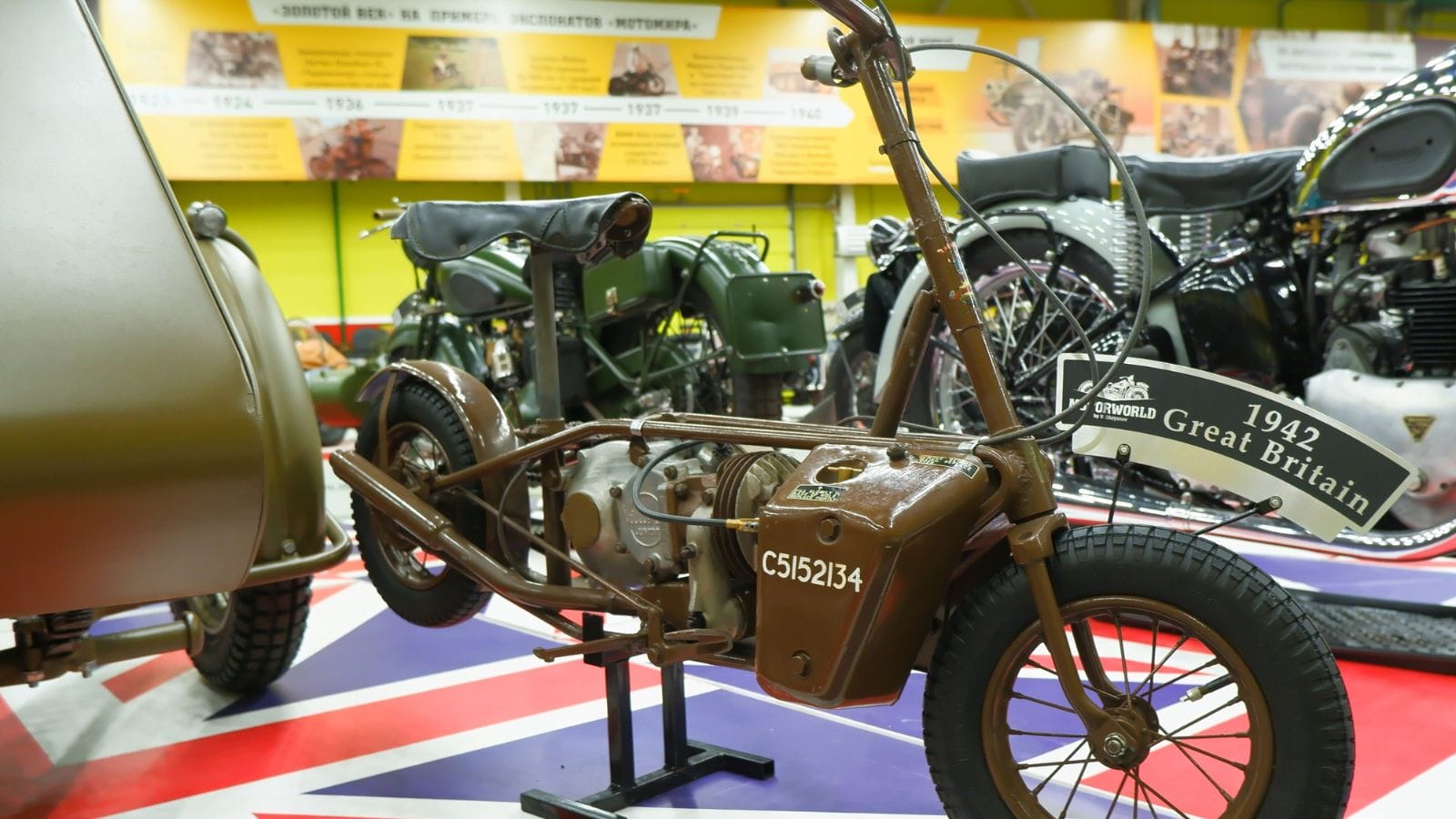
The Excelsior Manxman was a racing motorcycle with a 500cc single-cylinder engine designed and built by Excelsior engineers. It was an eye-catcher with its streamlined design, painted in bright blue and silver and with lots of detail. This bike looked good and performed well, taking 8.5 seconds from 0 to 60 mph, so it was a favorite among the pre-war racers.
Zündapp KS 601 (1951)
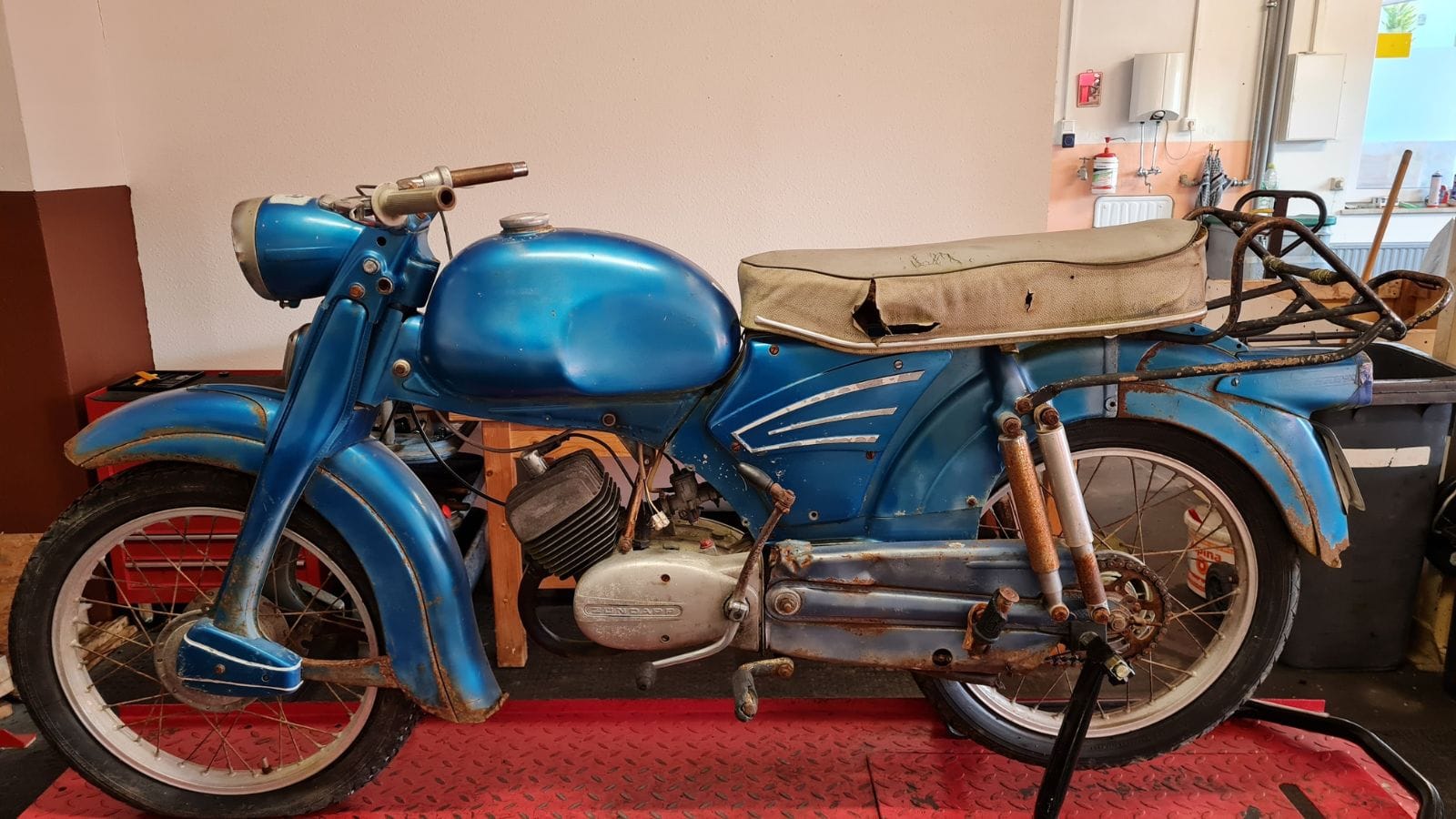
Nicknamed the “Green Elephant,” the Zündapp KS 601 was engineered by Zündapp’s design team and was powered by a 598cc horizontally opposed twin-cylinder engine. Its robust frame, unique green paint scheme, and advanced suspension for the era gave it a distinctive presence. With a 0 to 60 mph time of about 11 seconds, it was an excellent choice for sidecar setups and long-distance touring.
Honda CB750 (1969)
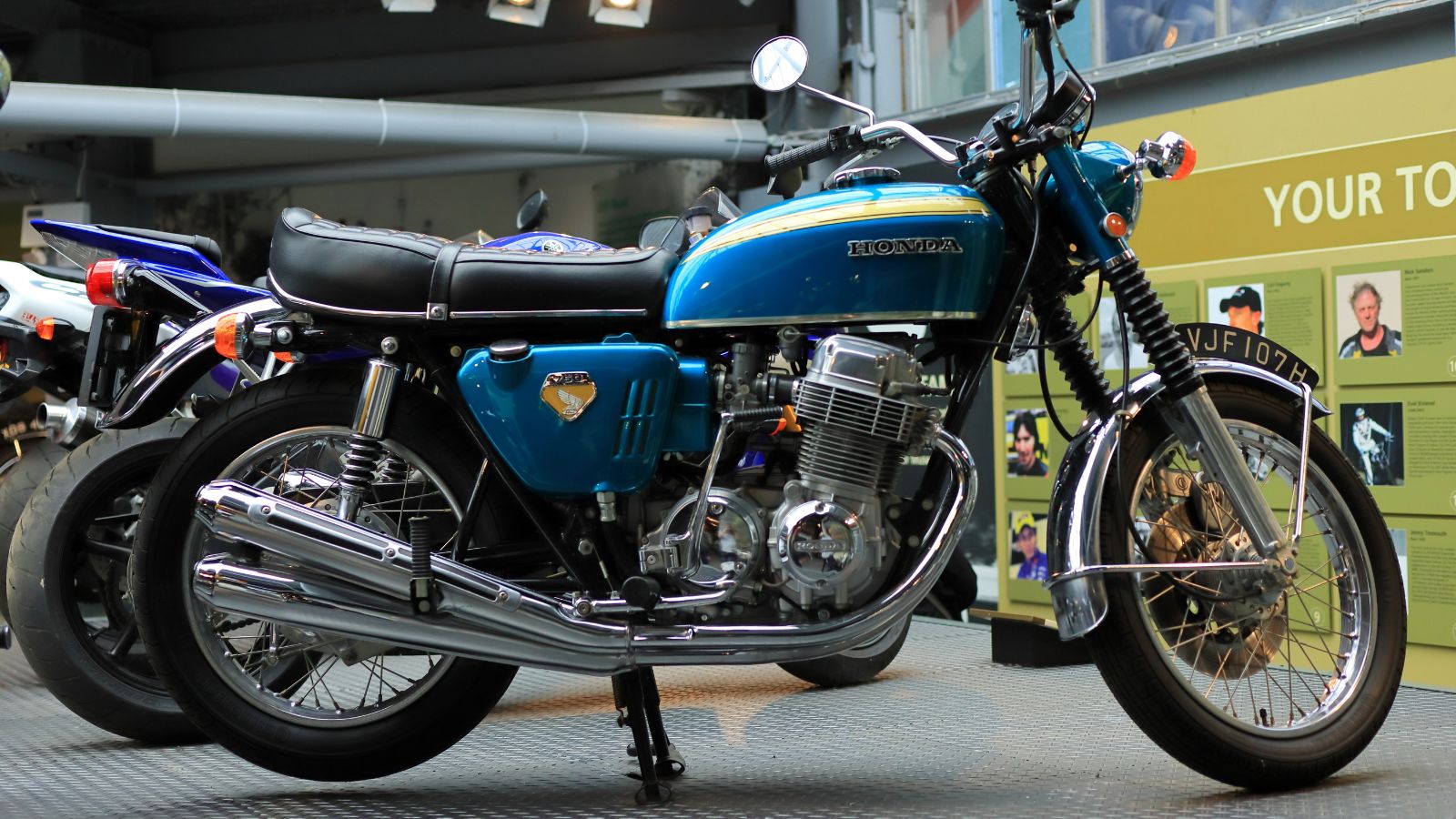
Often regarded as the world’s first “superbike,” the Honda CB750 was created by Soichiro Honda’s team and equipped with a revolutionary 736cc inline-four engine. Boasting a four-into-one exhaust system, classic candy-colored paint, and a modern electric start, the CB750 redefined the motorcycle design. It could go from 0 to 60 mph in a blistering 6.5 seconds, and its impact on motorcycling is unparalleled.
Laverda 750 SF 1971
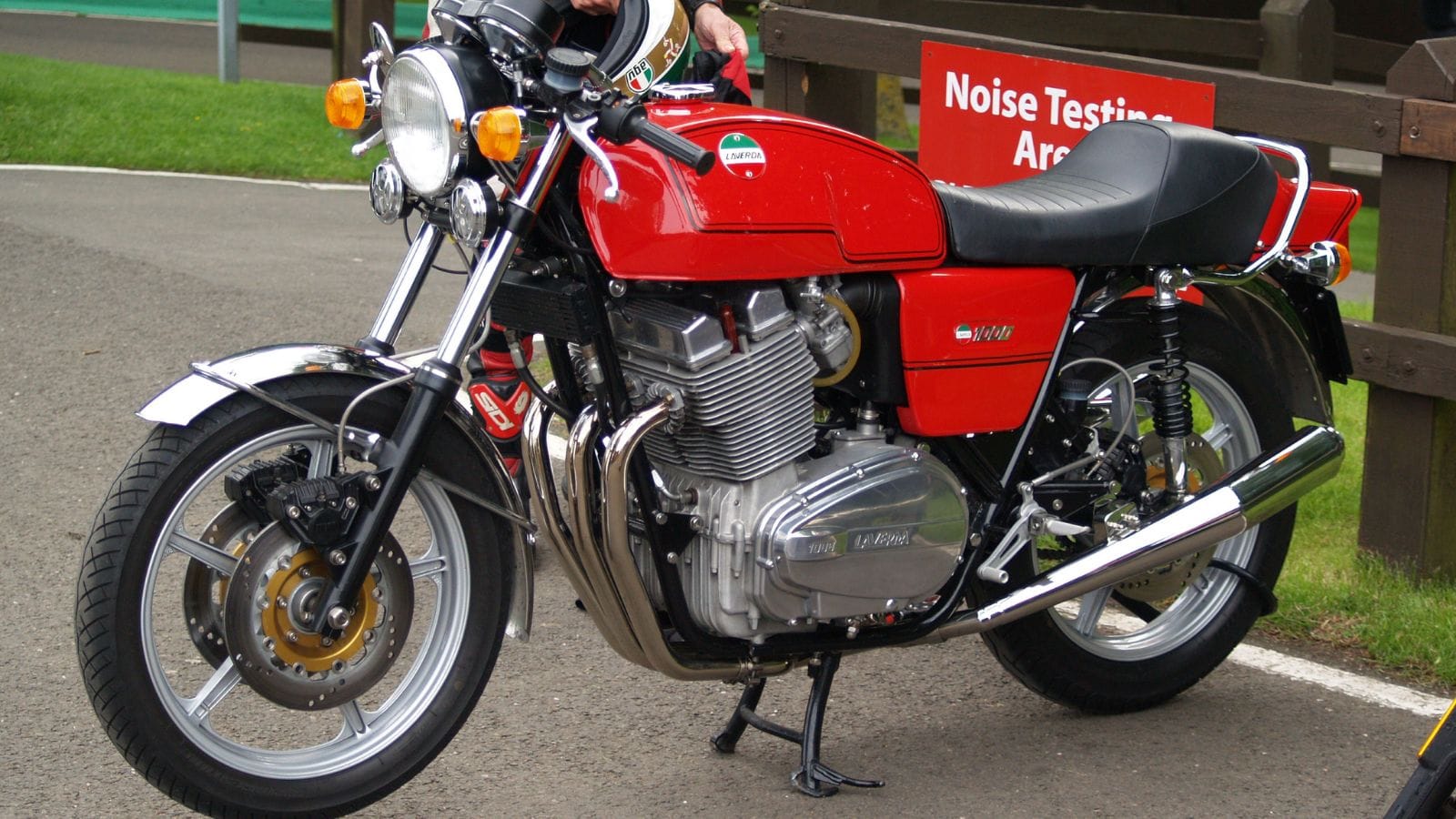
The Laverda 750 SF, designed by Massimo Laverda and his team, boasted a 744cc parallel-twin engine renowned for its reliability and sporty performance. Its orange paint scheme, twin-disc brakes, and sturdy frame reflected its Italian craftsmanship. With a 0 to 60 mph time of approximately 7 seconds, it became a favorite among café racers of the 1970s.
BSA Gold Star (1938)
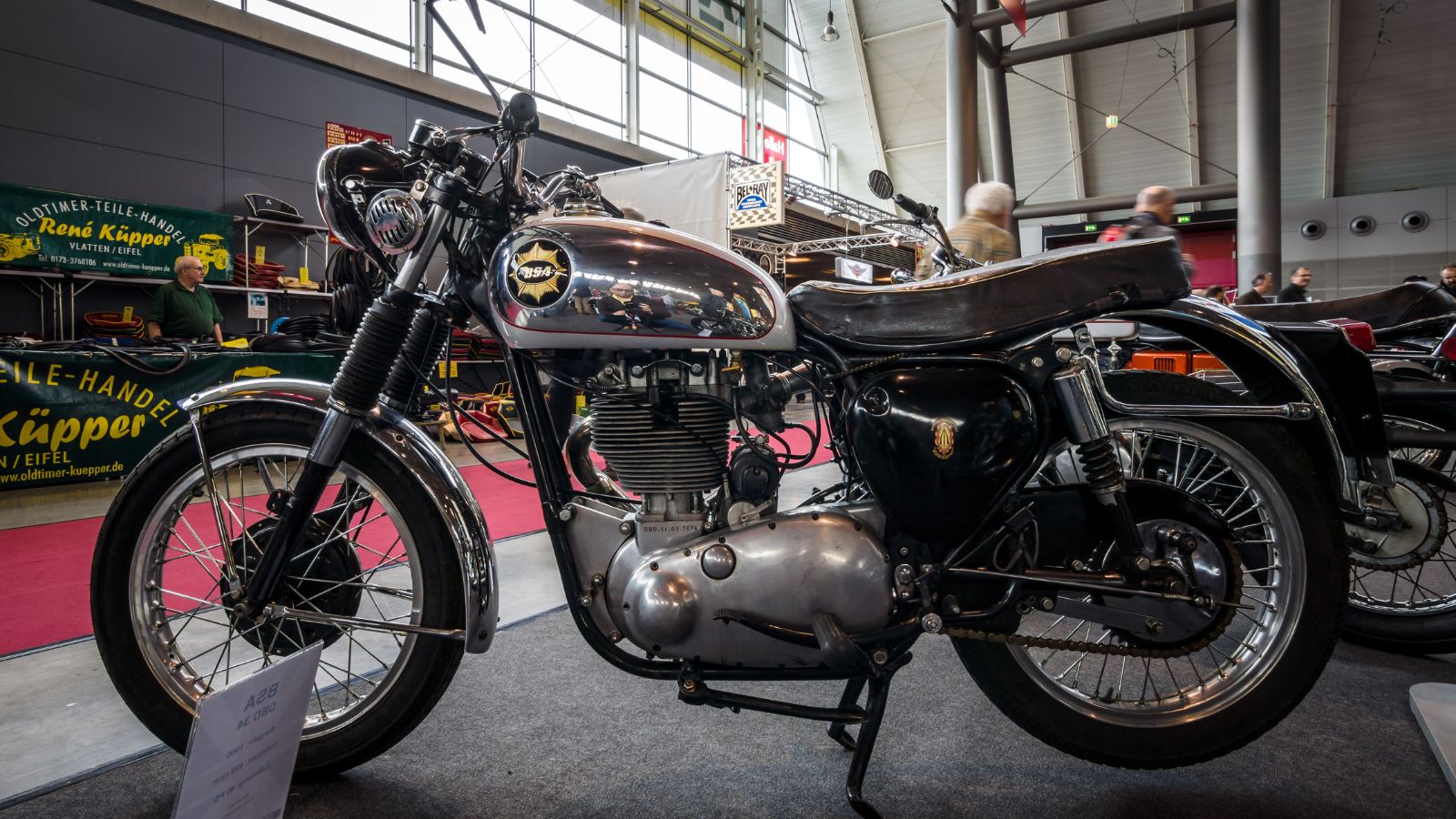
It featured a 500cc single-cylinder engine and was designed by Val Page and his team at Birmingham Small Arms Company. Its polished-alloy finish, clip-on handlebars, and racing pedigree became synonymous with speed and competition. This bike could sprint from 0 to 60 mph in about 8 seconds and was known as one of Britain’s finest bikes.
Crocker Small Tank (1936)
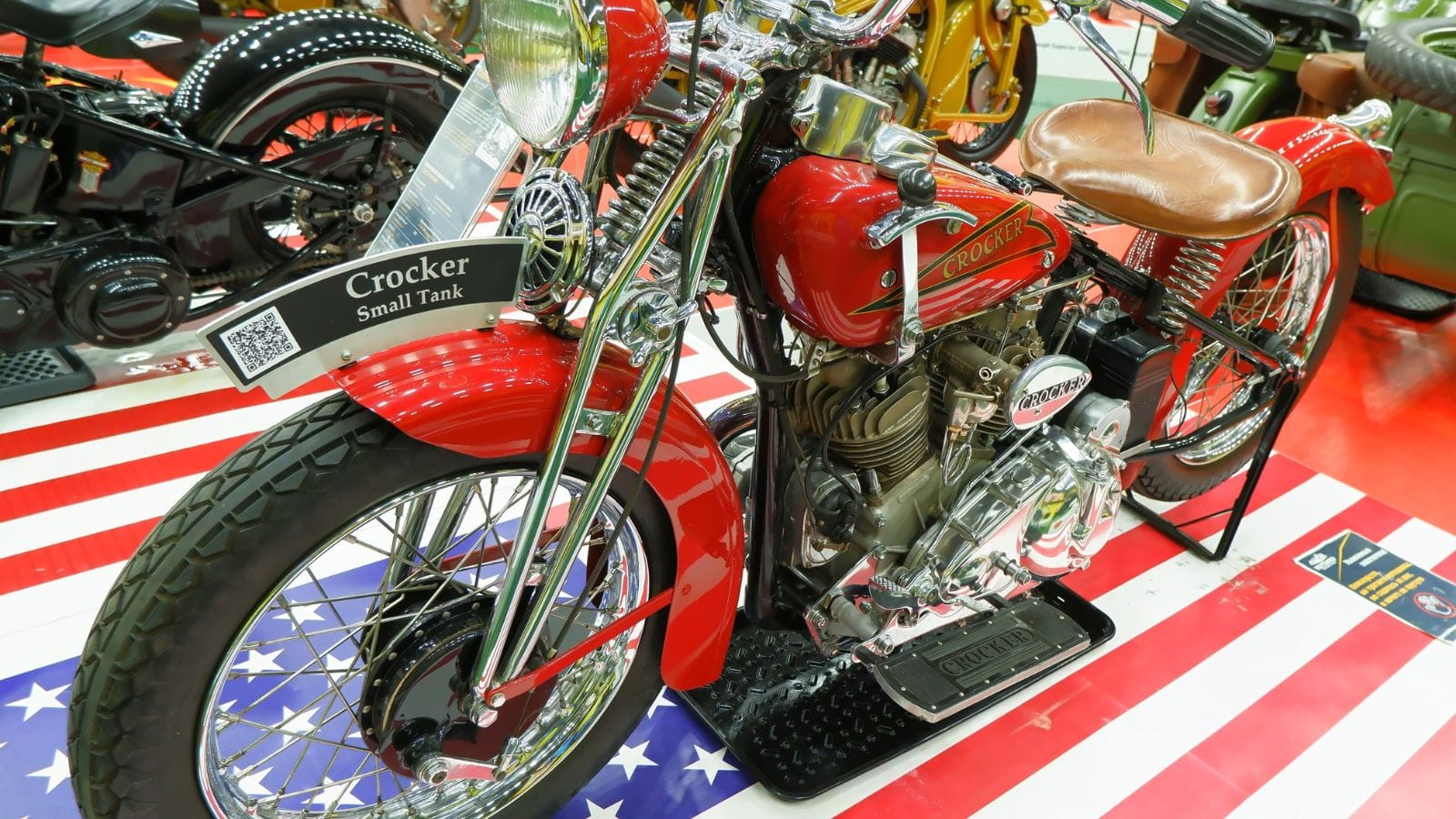
Designed by Al Crocker, the Crocker Small Tank was a handmade American motorcycle with a 1,000cc V-twin engine. With its aluminum hand-crafted fuel tank, unique design, and unmatched build quality, this motorcycle was considered a dream for any collector. Its 0 to 60 mph in just 6.5 seconds could outmatch most of the competitors at that time.
Gilera Saturno (1946)
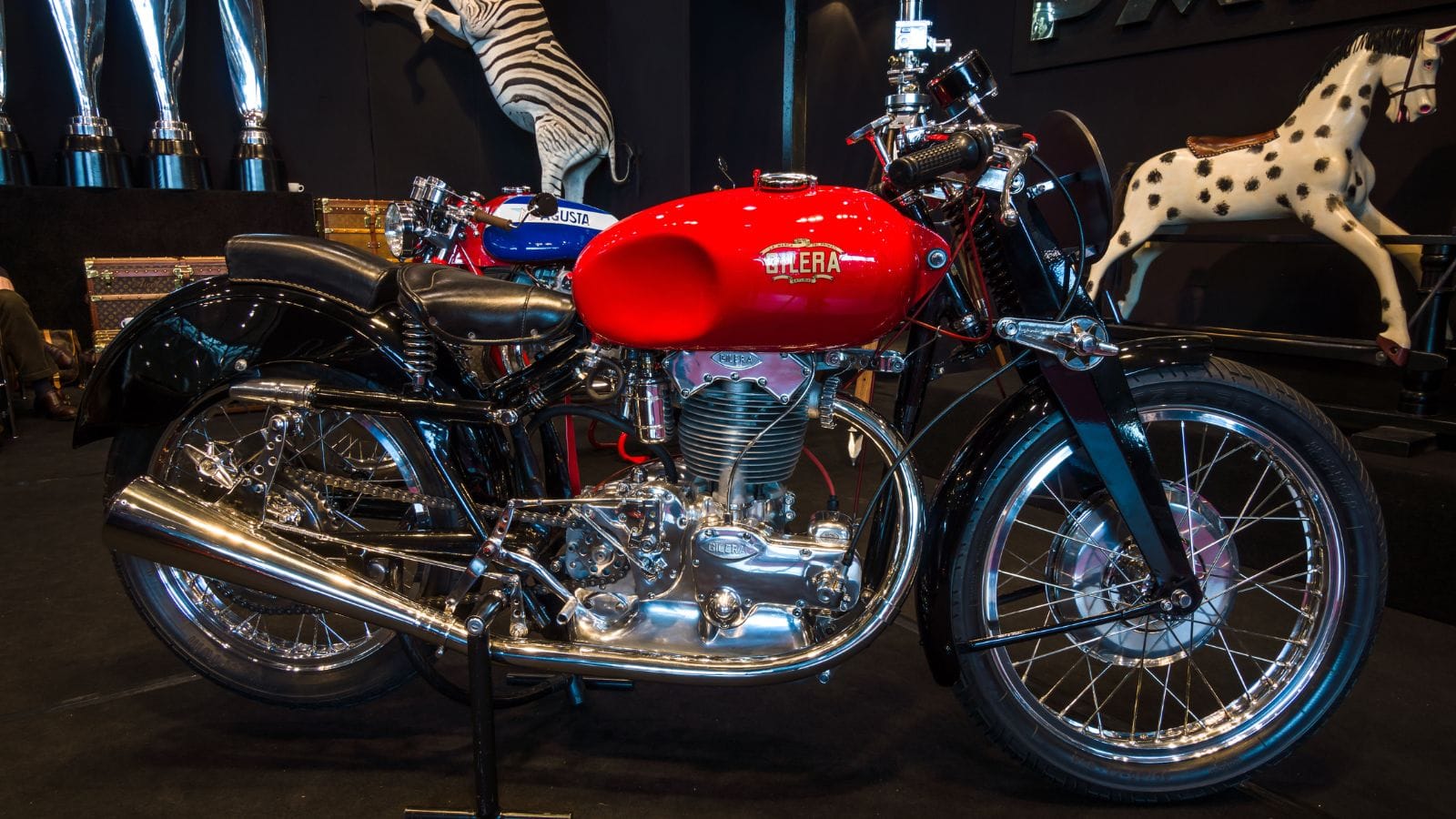
The Gilera Saturno, designed by Giuseppe Gilera, was powered by a 498cc single-cylinder engine. Known for its streamlined design, red and chrome color scheme, and elegant curves, it was an icon of post-war Italy. The Saturno could accelerate to 60 mph in about 10 seconds, embodying the Italian ethos of speed and style.
MV Agusta 750S (1970)
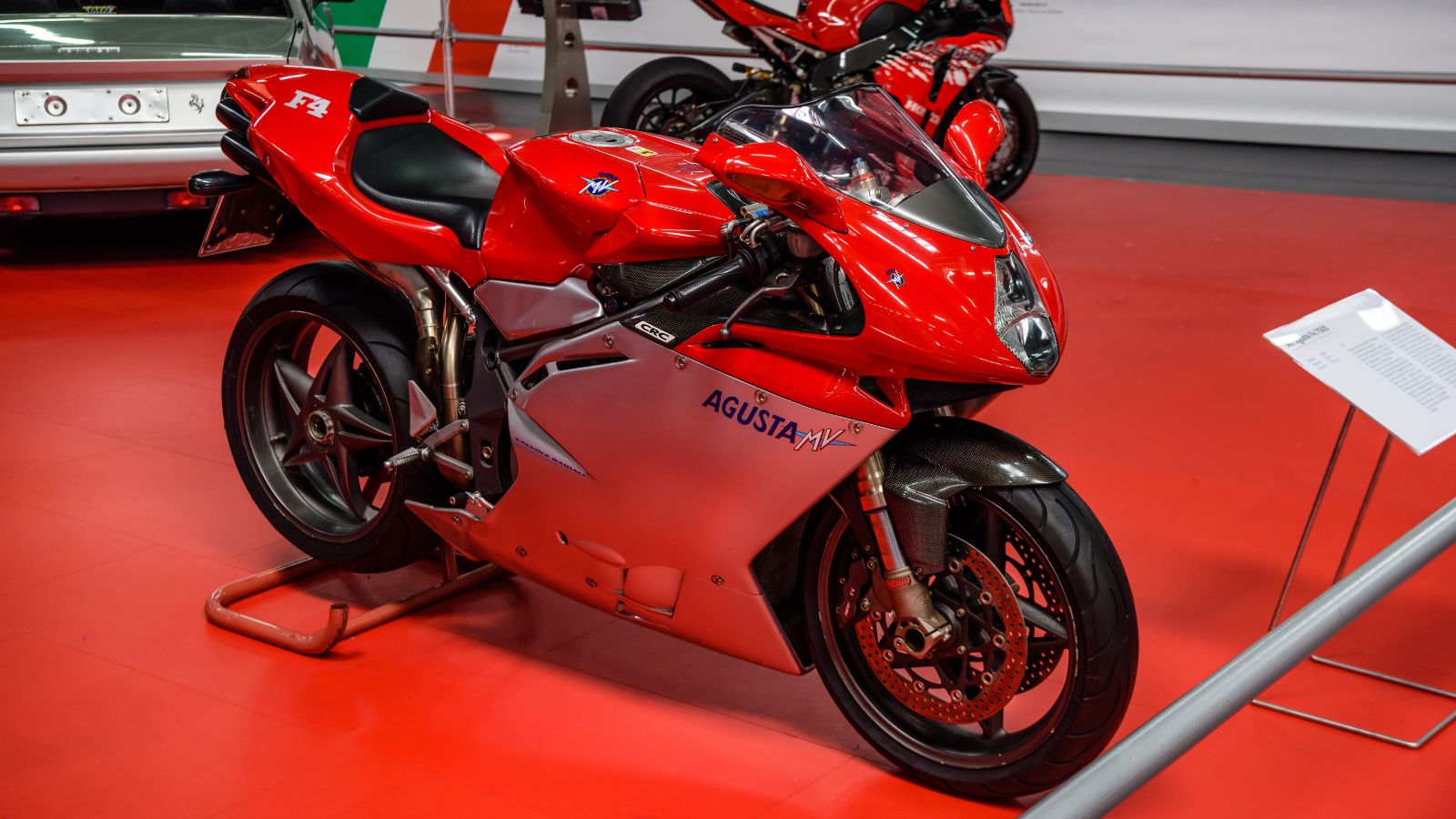
Arturo Magni made the MV Agusta 750S, a vehicle equipped with a 743cc inline-four engine. This model features a beautiful red, white, and blue paint job, tank, and racing frame design that would capture the eyes of every passerby. The 750S can hit 0 to 60 mph in just 6.7 seconds, perfectly integrating classic looks with high-performance ability.
18 Budget-Friendly Electric Cars That Last Longer Than Their Loans — Economical Electrics
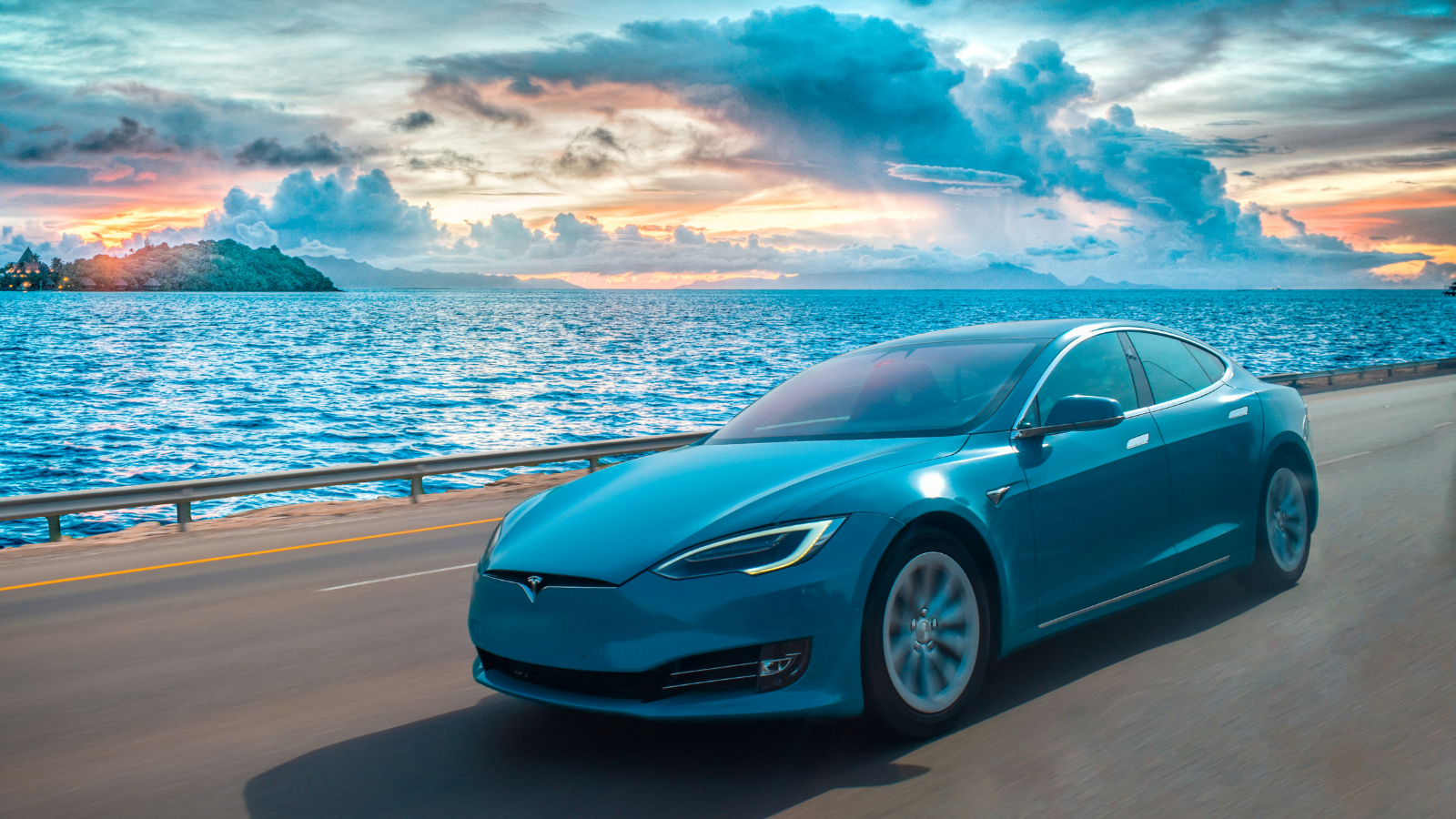
Electric vehicles are no longer a luxury for the elite—they’re a smart investment for the everyday driver. With manufacturers stepping up to the plate, affordable EVs now deliver on reliability, range, and modern comforts. Here’s a look at 18 economical electric cars engineered to outlast their payment plans.
18 Budget-Friendly Electric Cars That Last Longer Than Their Loans — Economical Electrics
